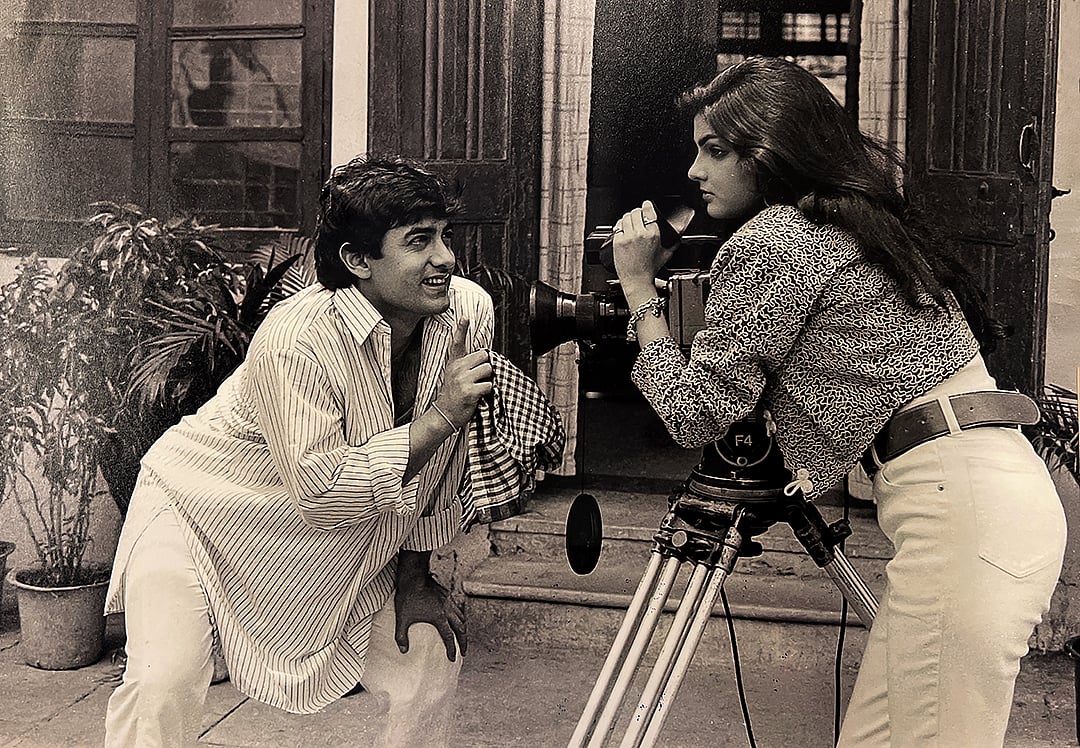In time, the first ever corpses to have been photographed coincided with the morgue displays as public spectacles in 19th-century Paris. It is also believed that the first corpses to have been photographed were Indians. Scholars believe that the crushing of the 1857 mutiny by the British, the so-called epitome of civilised communities, was so horrific that it had no parallel at least in the history of the Indian subcontinent. Historical accounts and personal memoirs expose that the aftermath of the clash of 1857 was such that in places like Lucknow "the scene and stench were overpowering." Corpses lay scattered across the city, decaying but not removed, for the shock value secured by the British for the native onlookers. Thanks to the stubborn French inventor named Joseph Nicéphore Niépce—who stood in his attic and fixed a patch of sunlight onto pewter and called it heliography—some of the bestialities of the Europeans in India were recorded in the form of photographs.
Heritage
Inside Museo Camera’s 'Touching Light': Celebrating 200 Years Of Photography
Explore Museo Camera’s "Touching Light," a bicentennial photography exhibition showcasing historic and contemporary analogue works, from 1857 war photographs to 20th-century Indian artistry

A shot of Mamta Kulkarni and Aamir Khan by Pradeep Chandra at ‘Touching Light: A Prelude To The Bicentennial Of Photography’
Photo: Museo Camera
A shot of Mamta Kulkarni and Aamir Khan by Pradeep Chandra at ‘Touching Light: A Prelude To The Bicentennial Of Photography’
Photo: Museo Camera
CLOSE




